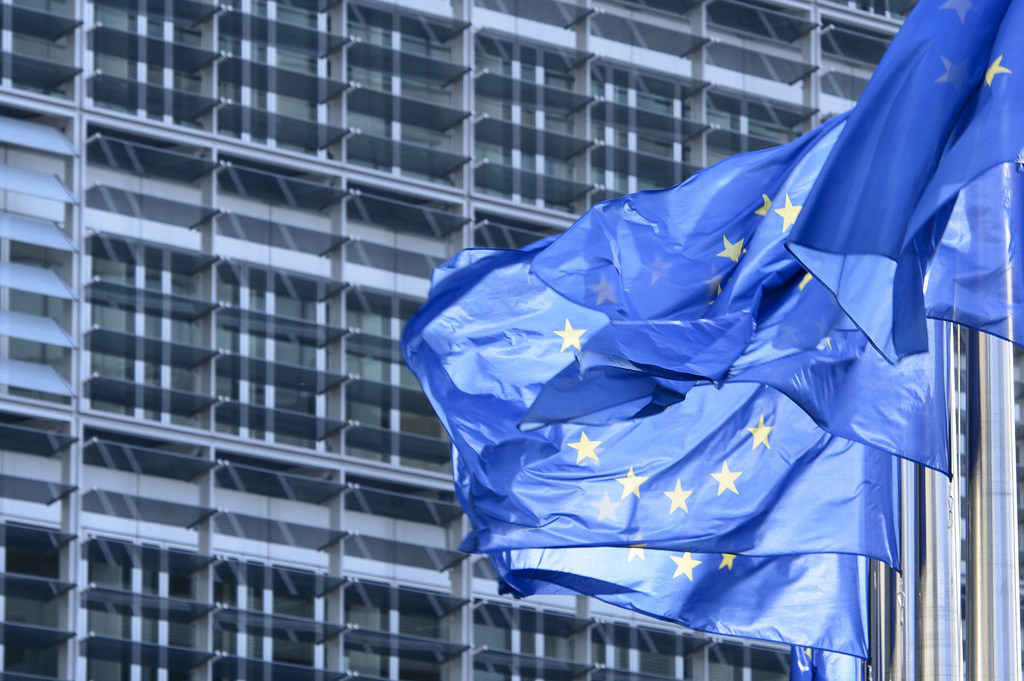PESCO, a dormant Lisbon Treaty provision to deepen defence integration among EU Member States, finally saw the light of day. While broad questions remain about the future of European defence, the initiative surely promises to be the biggest leap forward for the bloc’s defence policy in decades.
Twenty-five EU countries have announced they will participate in a new cooperation pact in the area of security and defence policy, known as Permanent Structured Cooperation (PESCO), which was officially launched at a Foreign Affairs Council summit on the 11th of December. The decision activates dormant Lisbon Treaty provisions (Articles 42(6) and 46, as well as Protocol 10) to establish a legally binding pathway to deepen defence integration among Member States capable and willing to do so.
Participants have agreed on a list of commitments that include devoting 20% of defence spending to investment, increasing defence research and technology expenditure “with a view to nearing the 2% of total defence spending” and to “regularly increasing defence budgets in real terms.” The aim is ultimately to improve the effectiveness of EU military operations and stimulate European defence capability development.
PESCO is firmly established in the EU’s institutional landscape. The High Representative (HR/VP) will be in charge of assessing compliance by participating Member States (with the – remote – possibility that individual States can be forced out), together with the European Defence Agency (EDA), which will also play a supporting role in capability development. The EDA will also act as a PESCO secretariat together with the EEAS, and particularly the EU Military Committee, which will have responsibility for overseeing the operational aspects of the initiative.
A diffuse sense of insecurity, arising out of the resounding British vote to leave the EU, increasing encounters with Russian military excursions and Trump’s intimations of a new American isolationism, led the EU27 to relaunch the idea of a European defence and the European Commission to present a series of legislative proposals aimed to strengthen cooperation in the area. While the Coordinated Annual Review of Defence (CARD) is tasked with ensuring the coordination of national defence plans and identifying strategic capability gaps, the European Defence Fund (EDF) will support collaborative projects to fill those gaps, by financing military research (€90m in 2017-2019 and €500m per year after 2020) and co-financing development and the acquisition of capabilities (€500m for 2019 and 2020 and up to €1bn per year after 2020).
Let me be clear: this doesn’t mean giving birth to an EU army. Decision-making will remain in the hands of participating Member States by unanimous vote, and capabilities developed through the PESCO framework will remain under national control. At an early stage, the idea was to institutionalise cooperation in the sector among a few willing, in an attempt to avoid the obstacles posed by a decision-making system that would otherwise require unanimous support. Despite the participation of an impressive 25 countries represents a strong political signal on the continuance of the project, this risks making PESCO quite slow in its implementation. Core disagreements indeed remain among States on security priorities and strategic ideas concerning what a common European defence policy could and should be able to achieve. While eastern and Baltic States primarily fear a Russian advance, Southern Europeans prioritise the stability of North Africa as part of efforts to control migration. Consequently, a second point to clarify would concern inter-organisational convergence with NATO, which so far is taking a sympathetic view of the project.
But PESCO is important not only because it marks the first steps towards closer military integration in the EU, but also because it represents the reality of “multispeed Europe.” Different groups of countries will take part in the 17 different projects approved so far by the Council, which are expected to be launched in early 2018. These include establishing a pan-European military training centre and medical unit, introducing common standards for military radio communication and the creation of cyber rapid response teams.
In the end, I surely welcome PESCO if it can strengthen European defence. It is easy to agree with Bernd Riegert, DW’s Europe correspondent, when he writes, “it is simply more efficient and cheaper to build a truck for 23 armies than to reinvent the wheel every time.” It took EU Member States decades to come to this simple conclusion. EU countries combined are the second largest military spender in the world, half the defence budget of the US, but achieve only 15% efficiency in comparison because of duplication of military capabilities in each Member State: one of the many costs of non-Europe.
No doubt, countries will want to preserve their own arms industrial base, as for some of them weapons trade is a big business. Sustained political will be necessary in order to persuade Member States to go fully into this shared journey and deliver results as concerns capabilities, operations and strategic culture. In his September’s speech at Sorbonne University, French President Emmanuel Macron called for “a common intervention force, a common defence budget and a common doctrine for action” by the beginning of the next decade. PESCO represents a first small step. After years of spending cutbacks, absence of a common EU defence strategy and overreliance on the US military spending, “PESCO could be the bloc’s biggest leap forward in defence policy in decades.”














Leave a Comment
Your email address will not be published. Required fields are marked with *